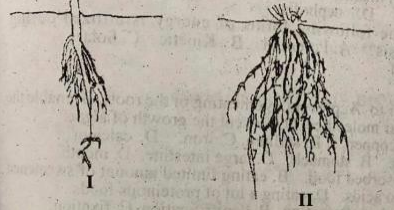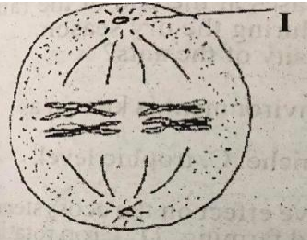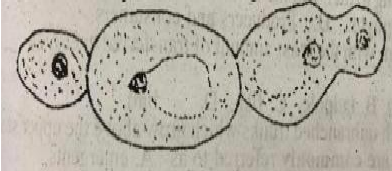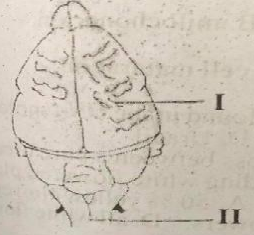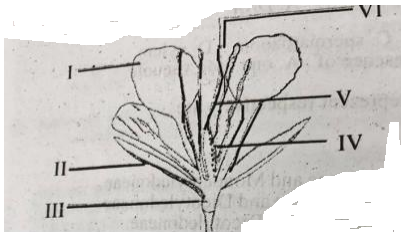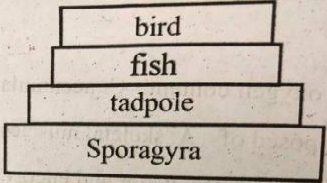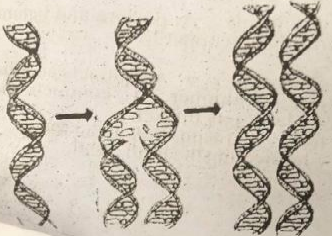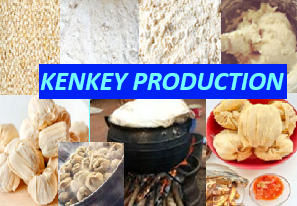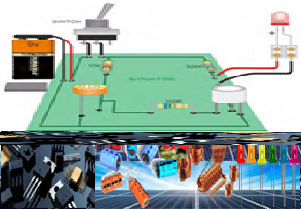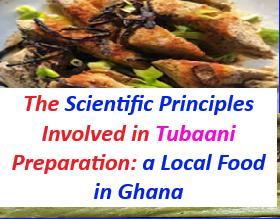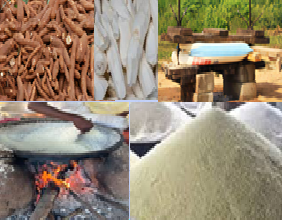2019 WASSCE BIOLOGY PAPER 1 QUESTIONS AND ANSWERS.
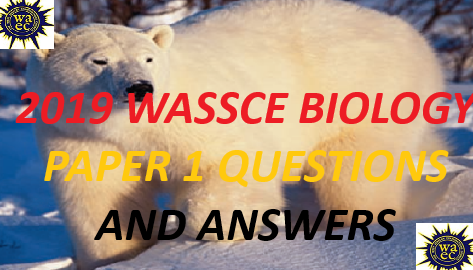
2019 WASSCE BIOLOGY PAPER 1 QUESTIONS AND ANSWERS.
QUESTIONS
1. Which of the following structures will NOT be found in the nucleus of a cell?
A. DNA
B. Nucleolus
C. Lysosome
D. Centriole
2. An example of organ level of organization is _______
A. bird
B. kidney
C. spermatozoon
D. xylem
3. A structural similarity between Paramecium and Amoeba is the presence of______
A. one food vacuole
B. two contractile vacuoles
C. two nuclei
D. one gullet
4. The classes of plants the root systems in diagrams I and II above represent respectively are______________
A. Dicotyledoneae and Monocotyledoneae
B. Monocotyledoneae and Dicotyledoneae
C. Dicotyledoneae and Dicotyledoneae
D. Monocotyledoneae and Monocotyledoneae
The diagram above is an illustration of a stage in a biological process. Study it and answer this question
5. What stage of cell division is illustrated in the diagram?
A. Prophase
B. Metaphase
C. Anaphase
D. Telophase
6. The part labelled I is the________
A. centromere
B. spindle fibre
C. centriole
D. chiasmata
7. The rate of diffusion of molecules between two media will be higher if_________
A. the difference in concentration of the two media is low
B. the difference in concentration of the two media is negligible
C. the difference in concentration of the two media is high
D. there is no difference in the concentration of the two media
8. Anaerobic respiration in the organism illustrated in the diagram above produces carbon dioxide and________
A. ethanol
B. water
C. oxygen
D. glucose
9. Underground storage stems which grow horizontally in the soil are_______
A. bulbs
B. runners
C. rhizomes
D. corms
10. Muscle fatigue in the body of an athlete is due to__________
A. low pH
B. high oxygen content
C. accumulation of lactic acid
D. accumulation of carbonic acid
11. The heart can beat continuously without being fatigued because it is composed of________
A. skeletal muscles
B. smooth muscles
C. cardiac muscles
D. renal muscles
12. The products of tissue respiration are_________
A. glucose, oxygen, and water
B. oxygen, water, and energy
C. glucose, carbon dioxide, and energy
D. water, carbon dioxide, and energy
13. Excretory products in plants responsible for the discoloration of flowers are called__________
A. alkaloids
B. tannins
C. anthocyanins
D. resins
14. The process of maintaining a steady internal environment is known as__________
A. osmoregulation
B. equilibration
C. homeostasis
D. plasmolysis
15. Which of the following statements is not true about hormones?
A. Their responses are voluntary
B. They may affect more than one target organ
C. They are chemical messengers in animals
D. They are transported by the blood to the target organs.
16. The diagram above is an illustration of a human brain. Study it and answer this question. The part labelled I is the_________
A. olfactory lobe
B. cerebellum
C. cerebrum
D. medulla oblongata
17. The function of the part labelled II is that it controls_______
A. posture and balance of the body
B. all voluntary actions
C. temperature and appetite
D. many involuntary actions
18. To focus on a distant object, the ciliary muscle of the eye______
A. contracts and the eye lens gets thicker
B. relaxes and the eye lens gets thinner
C. contracts and the eye lens gets thinner
D. relaxes and the eye lens gets thicker
19. The main function of the amniotic fluid is for______________
A. respiration in the foetus
B. protection of the foetus from shock
C. Lubricating the birth canal foetus
D. nourishing the foetus
20. The diagram above is an illustration of the longitudinal section of a flower. Study it and answer this question Which part of the flower is responsible for the protection of young flower buds?
A. I
B. II
C. III
D. IV
21. The essential parts of the flower are labelled_______
A. I, II and III
B. II, III and IV
C. III, V and VI
D. IV, V and VI
22. Deficiency in insulin could lead to________
A. cirrhosis
B. hepatitis
C. diabetes
D. nephritis
23. Which of the following forms of energy is utilized during photosynthesis?
A. Potential
B. Kinetic
C. Solar
D. Chemical
24. Light is excluded from a water culture experiment in order to________
A. prevent overheating of the roots
B. enable the roots to grow straight down
C. prevent ionization of water molecules
D. prevent the growth of algae
25. The major mineral present in the shell of Molluscs is________
A. Copper
B. Sodium
C. Iron
D. Calcium
26. The digestion of proteins starts in the______
A. small intestine
B. stomach
C. large intestine
D. mouth
27. Tooth decay is usually caused by___________
A. undigested and absorbed food
B. eating a limited amount of sweetened food.
C. the bacteria in the mouth that metabolize sugar to acids
D. eating a lot of proteinous foods
28. The conversion of ammonium salts into nitrates is called_______
A. putrefaction
B. denitrification
C. fixation
D. nitrification
29. The salinity of a brackish habitat________
A. increases immediately after rainfall
B. increases at the end of the rain
C. decreases with an increase in the number of organisms
D. increases during the dry season
30. If 90 ants are found in a field with a total area of 100 m. what is the population density of the ants?
A. 0.09
B. 0.90
C. 9.00
D. 90.00
31. The complex relationship between the members of a community and their physical environment is known as________
A. commensalism
B. symbiosis
C. saprophytism
D. ecology
32. The specific role of a species within its environment is known as its_________
A. habitat
B. niche
C. trophic level
D. biotic community
33. Which of the following soil fertility improvement methods will have the most negative effect on the ecosystem if not controlled?
A. Application of N-P-K fertilizer
B. Shifting cultivation
C. Mixed farming
D. Crop rotation
34. Organisms in an ecosystem are usually grouped according to their trophic level into__________
A. carnivores and omnivores,
B. consumers and parasites
C. producers, and saprophytes
D. Producers and consumers
35. In the pyramid of energy illustrated above, the organism with the least amount of transferred energy
is___________
A. Spirogyra
B. Tadpole
C. Fish
D. Bird
36. Tall trees with unbranched trunks which grow above the upper storey of the forest are commonly referred to as _____
A. Emergents
B. Herbs
C. Lianes
D. Shrubs
37. Maize grains are best stored against insect attacks by__________________
A. keeping in a silo
B. storing in the room
C. leaving them on their cobs
D. covering with leaves
38. Cholera is mostly spread by_______
A. air
B. soil
C. water
D. noise
39. Which of the following resources is renewable?
A. Petroleum
B. Coal
C. Iron
D. Trees
40. Which of the following roles is not performed by a government agency responsible for forest maintenance?
A. Regulating the harvest of timber and poaching
B. Creating, protecting and managing the forest reserves
C. Tracking the movement of timber, wood, and wildlife
D. Regulating mining activities in the forest
41. Which of the following factors is not a source of variation in living organisms?
A. Environment
B. Inheritance
C. Mitosis
D. Meiosis
42. Individuals with blood group AB can donate blood to individuals with blood group(s)___________
A. A and B
B. A and O
C. AB only
D. O only
43. The diagram above is an illustration of a process occurring in a living animal cell. Study it and answer this question. The process occurs in the _______
A. Nucleus
B. Mitochondrion
C. Golgi body
D. Cytoplasm
44. The process is called_______
A. replication
B. cell maturation
C. crossing over
D. mutation
45. Which of the following nucleotides is not found in the DNA molecules?
A. Adenine
B. Cytosine
C. Guanine
D. Uracil
46. In a complete dominance monohybrid cross between a pure breeding yellow-flowered plant Y and a pure breeding white-flowered plant y, the result of the first filial generation is _________
A. 50 % yellow flowers
B. 75% yellow flowers
C. all yellow flowers
D. all white flowers
47. A man whose blood group is heterozygous B is married to a woman whose blood up is also heterozygous B Which of the following statements is correct about the blood group of their four offspring?
A. Three of them belong to blood group B
B. Three of them belong to blood group O
C. None of them belongs to blood group O
D. Two of them belong to blood group B
48. The cross between RrTt and rrtt where R is a gene for red colour and T for tallness will result in______
A. all the offspring being tall with red fruits
B. 25 % tall with red fruits
C. 50 % tall with red fruits
D. 75 % tall with red fruits
49. The yellow and black stripes on the body of wasps is an example of________
A. mimicry
B. courtship behaviour
C. camouflage
D. warning colouration
50. The biological importance of the dance by the worker honeybee is that it___________
A. acts as a signal for mating
B. serves as a warning signal
C. signals the availability of food
D. serves as a means of identifying members of the caste.
ANSWERS
1. B. Lysosome
2. C. Kidney
3. D. One food vacuole
4. B. Monocotyledoneae and Dicotyledoneae
5. B. Metaphase
6. A. centromere
7. A. There is no difference in the concentration of the two media
8. A. ethanol
9. C. rhizomes
10. B. Accumulation of lactic acid
11. B. Cardiac muscles
12. A. Water, carbon dioxide and energy
13. A. Resins
14. B. Homeostasis
15. C. They may affect more than one target organ
16. C. cerebrum
17. D. many involuntary actions
18. A. Relaxes and the eye lens gets thicker
19. C. Protection of the foetus from shock
20. B. II
21. D. IV, V and VI
22. B. Diabetes
23. B. Solar
24. B. Prevent ionization of water molecules
25. A. Calcium
26. C. Stomach
27. B. The bacteria in the mouth that metabolize sugar to acid
28. A. Nitrification
29. A. Increases during the dry season
30. C. 0.90
31. A. Ecology
32. C. Niche
33. D. Application of N-P-K fertilizer
34. A. Producers and consumers
35. D. Bird
36. D. Emergents
37. D. Keeping in silo
38. B. Water
39. A. Tree
40. A. Regulating mining activities in the forest
41. B. Mitosis
42. D. A and B
43. A. Nucleus
44. A. replication
45. D. Uracil
46. B. All yellow flowers
47. D. Three of them belong to blood group B
48. B. 50% tall with red fruits
49. A. Warning colourless
50. B Signals the availability of food
Join Enlighten Knowledge WhatsApp platform.
Join Enlighten Knowledge Telegram platform.
Follow our:
FACEBOOK PAGE.

